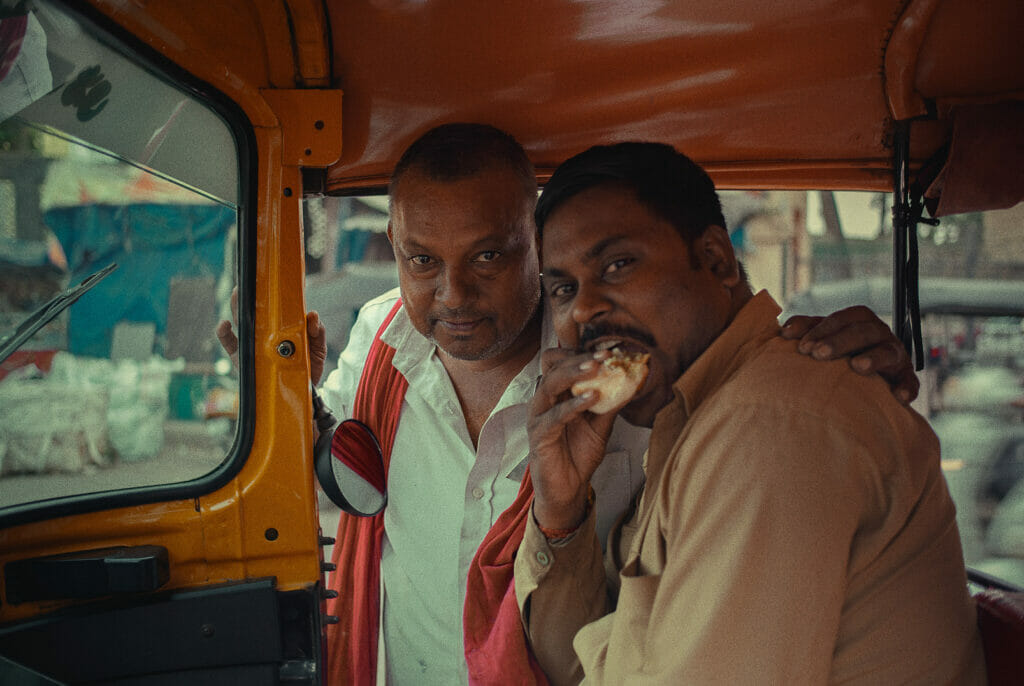Versova intrigues me greatly. I recently relocated there from another city, and on my way to Madh Island for shoots, I would look out and watch the area intently. One evening, I set out to photograph the area.
Versova exudes a very sophisticated vibe as soon as you arrive there. On either side of JP Road are several cafes, restaurants, studios, and casting offices, recruiting actors for films and television. Yari Road and Seven Bungalows are home to high-rise apartments and commercial buildings, some with enviable sea-facing views. A trip away by the Versova jetty is Madh island, a popular filming location.

The landscape begins to change as you get closer to the finish line. The populace gradually changes, the area gets progressively dirtier and stinkier. The roads are much narrower. These are slums, informal settlements characterised by overcrowding, poor living conditions, and limited access to basic services. They lack access to clean water, sanitation, and healthcare. These factors compound together to make them prone to environmental and health hazards, including flooding and pollution. Welfare schemes to improve their conditions have been ineffective and insufficient.
This marriage of opposites, rich and poor, next door to each other is unique to Mumbai; the high-income population lives in close proximity to extreme poverty.

The “choice” of the poor to live in these conditions makes sense when you consider that the cost of housing in Mumbai is high, and even higher in Versova. At an average of Rs 31,610 per square foot, buying a small house with only one room and a kitchen can cost upwards of Rs 30 lakh and renting one will easily cost more than Rs 10,000. Many low-income families and migrant workers cannot afford this while supporting their families.
Read more: Growing up in an informal settlement in Mumbai
The state government has launched several housing schemes, such as the Pradhan Mantri Awas Yojana, which aim to provide affordable housing to low-income families. However, the execution of such schemes is often criticised as inadequate and not reaching the targeted population. It has not been enough to keep up with the rapid population growth and urbanization in the city.
Being perceptive and capturing these photos left me with a lasting impression of the societal difference around. I’m hopeful that things will improve soon and we can help everyone dream larger ambitions in the city of dreams.
